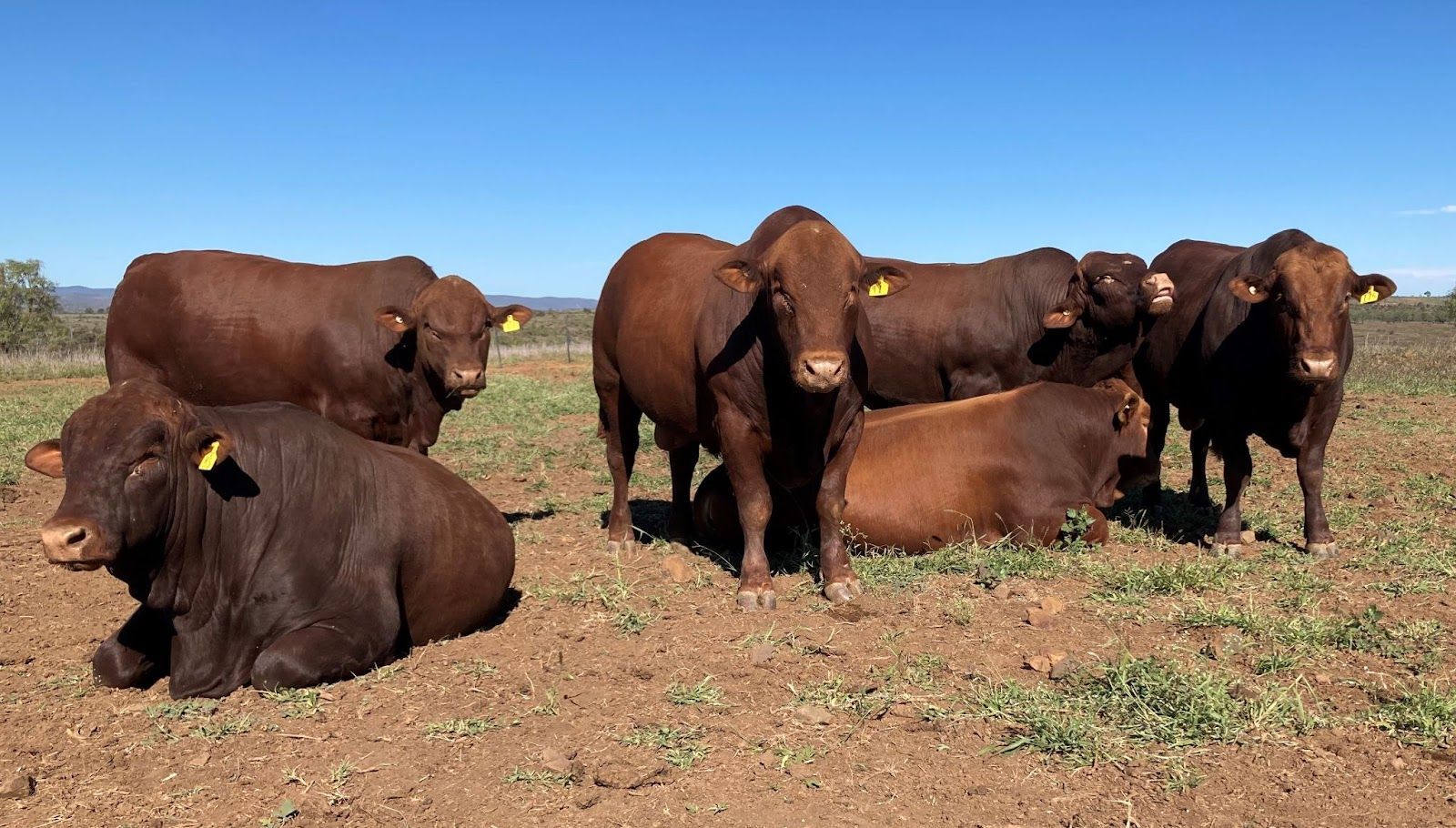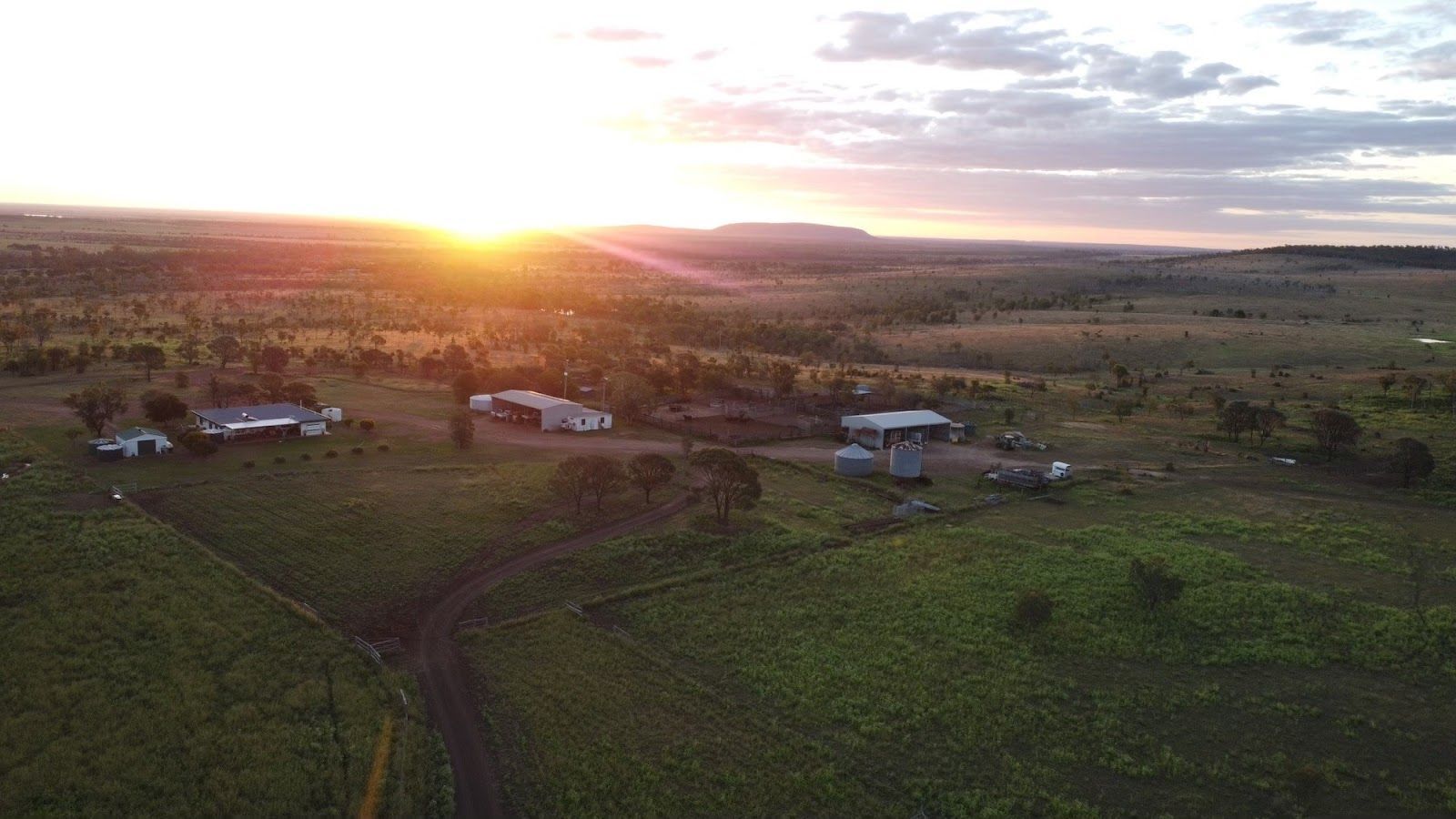Origins and History
Over time, natural and artificial selection pressures have resulted in different attributes being fixed in the older established cattle breeds. Thus Brahmans and Africanders (tropically adapted native breeds) are renowned for their heat tolerance and tick resistance, British breeds for their fertility and carcass traits, and the European breeds for their large size, lean carcases and high growth rate. Conversely, breed types also have production weaknesses, e.g. Brahmans have low fertility and less acceptable meat quality, British and European breeds have low tolerance to environmental stresses, such as high ambient temperatures, poor nutrition and high parasite burdens.


In Northern Australia, attempts to blend the various production and adaptive traits of the established breeds have resulted in the formation of Composite breeds from crosses between Adapted Tropical breeds and British and European breeds. In Australia the majority of Composite breeds have evolved from crossing the Brahman with temperate breeds, eg Droughtmaster (Brahman x Shorthorn), Brangus (Brahman x Angus), Braford (Brahman x Hereford), Charbray (Brahman x Charolaise) etc. and the Santa Gertrudis (Brahman x Shorthorn) in USA.
To increase productivity of the Northern herds, fertility needed to be increased. Improving fertility through selection is difficult and slow. Using the Africander Cross (Belmont) to increase the fertility of the predominantly Brahman infused Northern herds was considered to be a rapid and efficient means of improving production. Therefore the Belmont was released to the Industry in 1968. Four decades later this decision has been vindicated by CRC economic modelling, showing that on an individual herd level, African based composites such as the Belmont Red produced an extra gross margin of $24 per head (on grass) and under a grain finished scenario, the extra gross margin amounted to a premium of $76 per AE more profit than a systematic rotational crossbreeding program using Brahmans.
The Belmont evolved as a result of crossbreeding experiments commenced at the National Cattle Breeding Station, ‘Belmont’ Rockhampton in 1954. The primary purpose of the Research programme was to evaluate the role of the Africander and Brahman breeds for beef production in Northern Australia. Imported Africander (A) and Brahman (B) bulls and Australian Hereford (H) and Polled Shorthorn (S) bulls were mated at random to Hereford and Polled Shorthorn cows. These matings produced essentially three distinct genetic lines of cattle based on the genetic differences between the sire breeds. From the outset of the Research programme at “Belmont”, the high fertility of the Belmont (Africander Cross) distinguished it from the Brahman cross line and the British breeds.New Paragraph